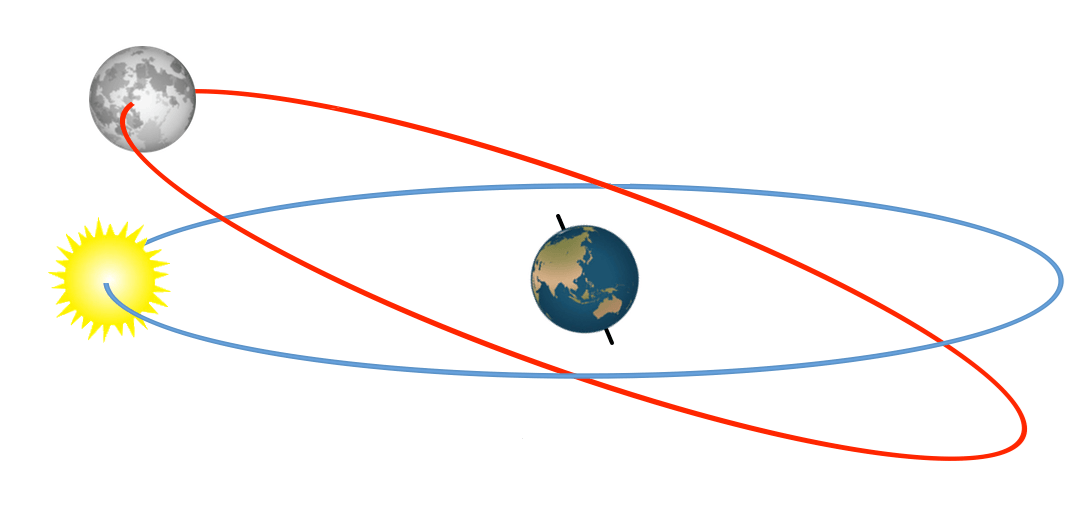The shape of Earth's orbit around the Sun is _____.
What is elliptical or oval
What do the different angles of light in the flashlight lab represent?
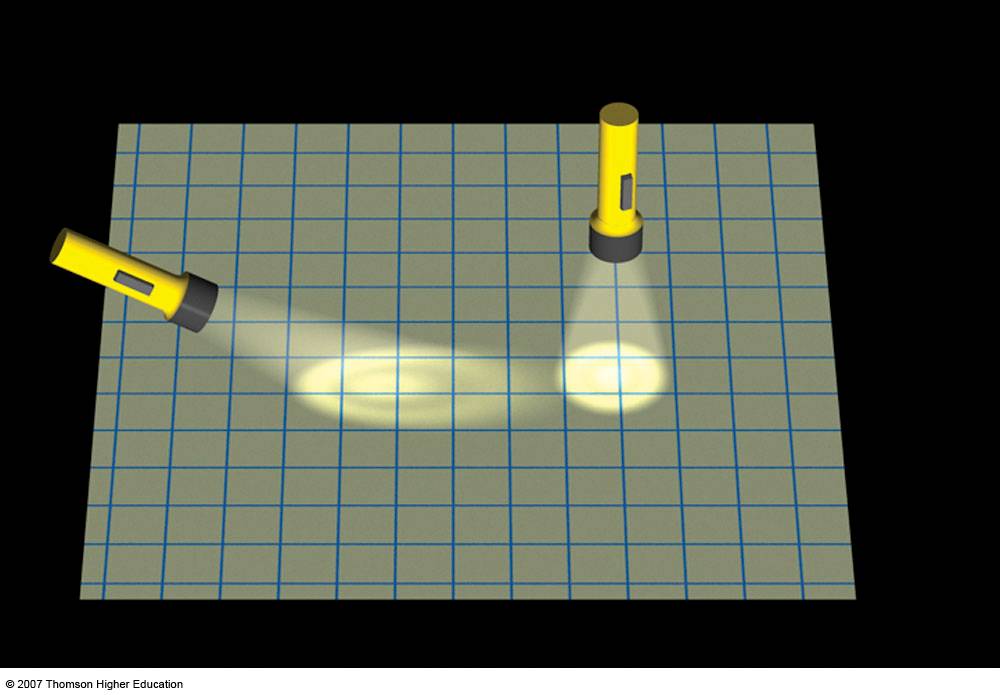
They represent the angle of sunlight hitting the Earth at different times of the year.
Sun, moon, Earth, is the arrangement during a _________ eclipse. 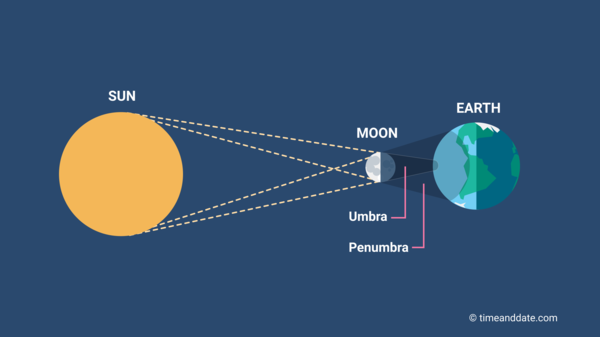
solar
What causes the tides?
They are caused by the gravity of the Sun and moon that pull on the water on Earth.
During a solar eclipse, the moon must be in the _______ phase. 
new moon
The Earth _____ around the Sun.
What is orbits or revolves
Does Mercury have seasons? Why or why not? 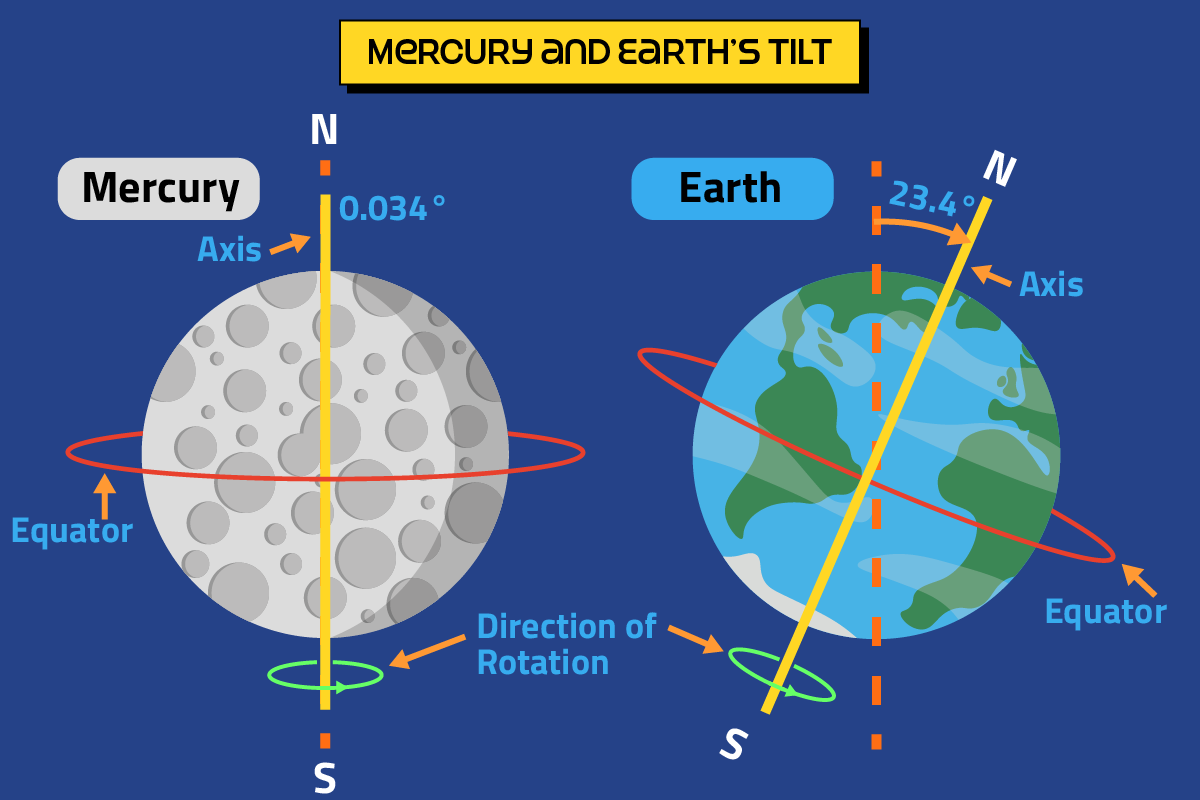
It does not have seasons because it is hardly tilted. Seasons are caused by tilting!
Sun-earth-moon is the arrangement during a ______ eclipse. 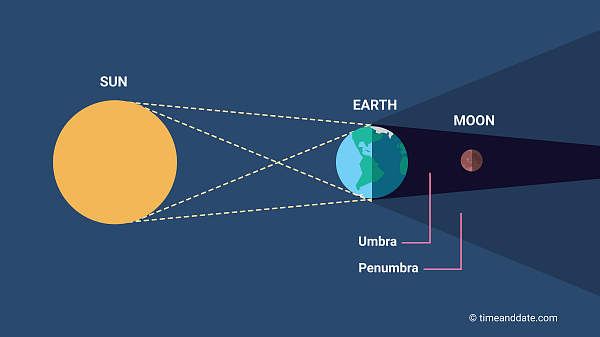
lunar
What is the tidal range (the difference between the highest high tide and the lowest low tide)?

The tidal range is 6.0 feet
This phase of the moon is called ______________.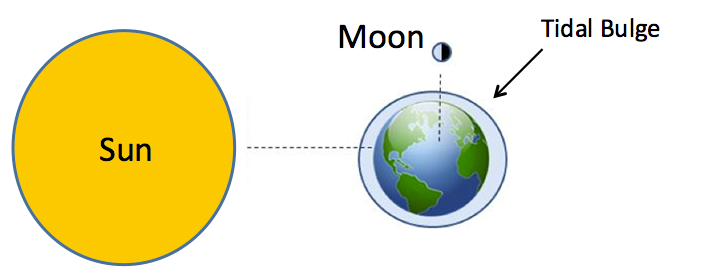
Half moon or quarter moon
The Earth rotates on its _____________.
Axis
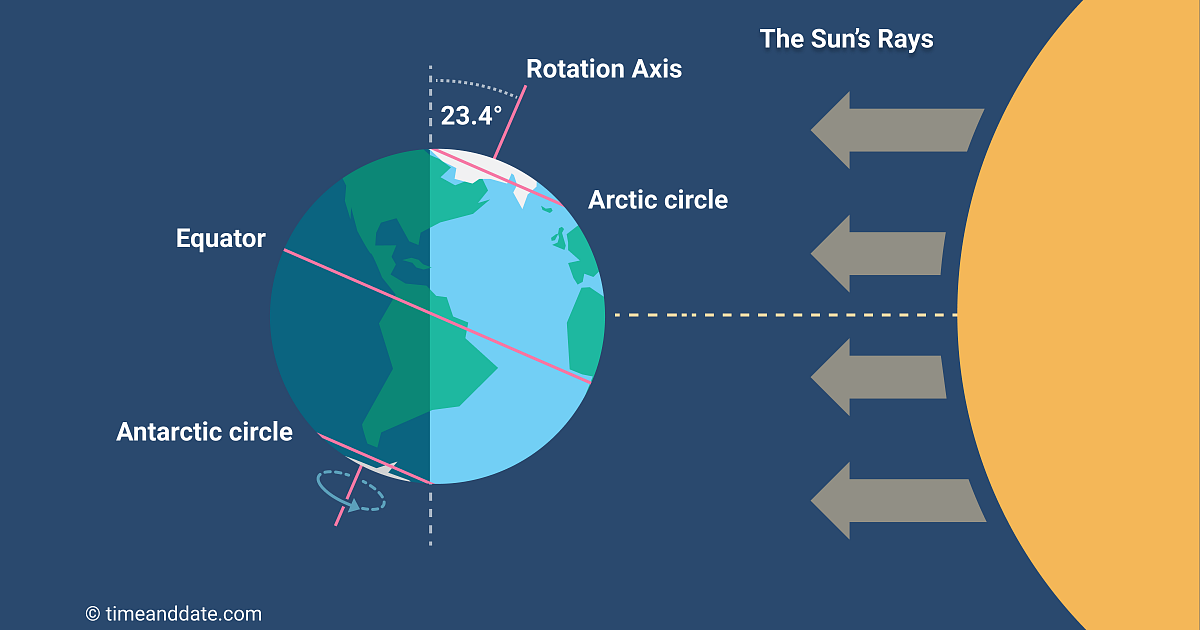
What season is the United States experiencing in this picture?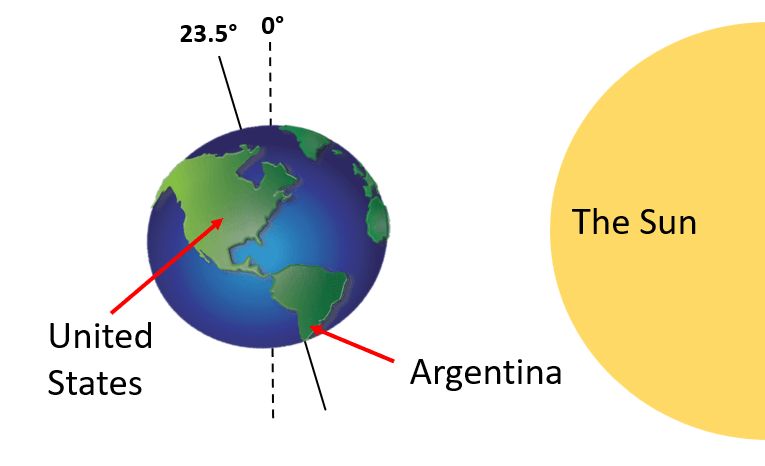
winter
What would happen if the Earth stopped revolving around the Sun?
We would get stuck in one season forever! (Hopefully not winter!)
This is called the __________ tide.
neap
This phase of the moon is called a __________.
full moon
The shortest day of the year is called the winter __________.
solstice
What season is Argentina experiencing in this picture? 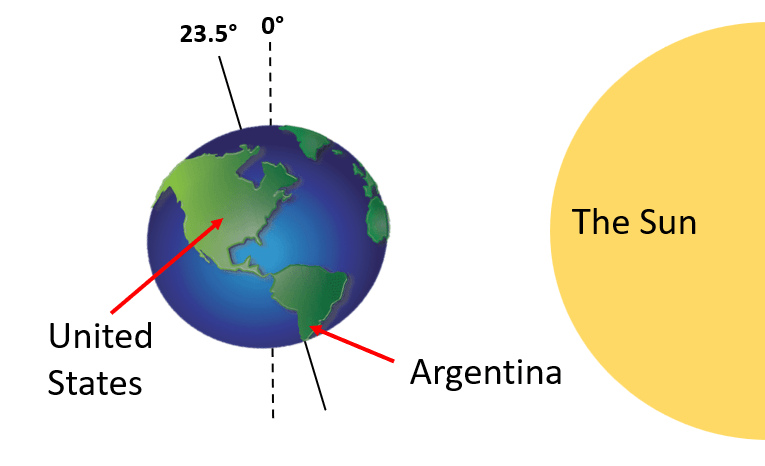
summer
How can we predict when eclipses are going to happen?
We can predict the eclipses because the Earth, Sun, and moon rotate and revolve at the same speeds and never stop moving!
This is called the ___________ tide.

spring
What has a greater influence on the tides: the Sun's gravity or the moon's gravity? Explain why.
The moon's gravity has a greater influence because it is much closer to the Earth than the Sun is.
The two days of the year when daytime and nighttime are the same length are called ___________.
equinoxes
In what part of the world are the seasons the most extreme? 
North pole and South pole OR Arctic circle and Antarctic circle
Solar eclipses happen very rarely on the same location on Earth because______________. 
The moon's shadow is very small (compared to the Earth) and only falls on a small part of Earth. Solar eclipses are common, but they only happen in the same location every 360 years!
Because the Earth rotates at the same rate each day, it will travel through the tidal bulge twice each day (at each location).
When does a blood moon happen?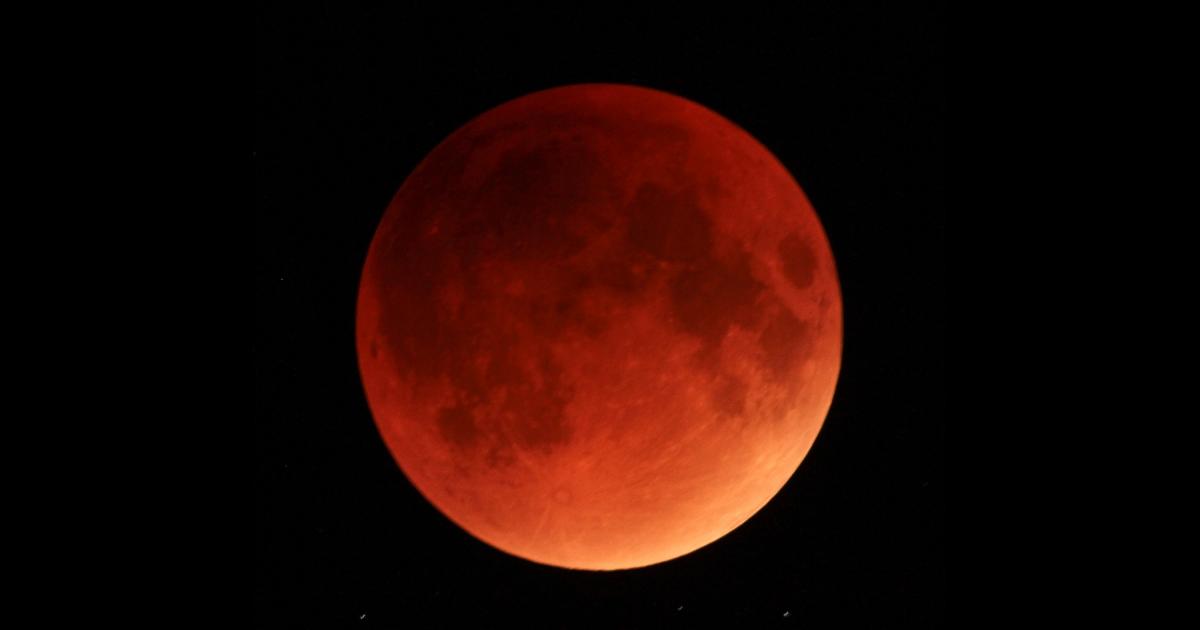
A blood moon happens during a lunar eclipse. The moon looks red for the same reason that the sun looks red at sunset. Sunlight travels through Earth's atmosphere and the blue light is scattered, leaving only red light. 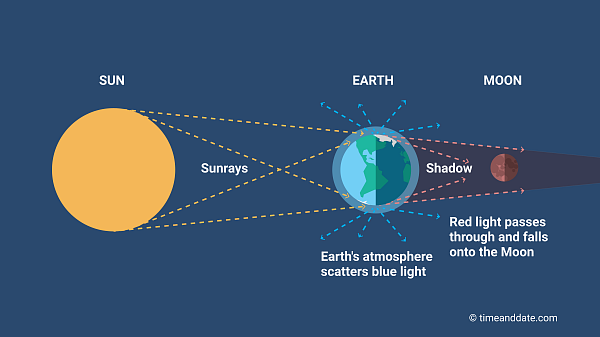
Everything North of the equator is called the Northern _____________. This is where we live!
hemisphere
Why is it always warm at the equator? 
Because the sunlight angle is very direct and doesn't change much throughout the year.
Why don't eclipses happen every month?
Eclipses don't happen every month because the Earth's orbit around the Sun is different than the moon's orbit around the Earth. They only align perfectly about twice each year.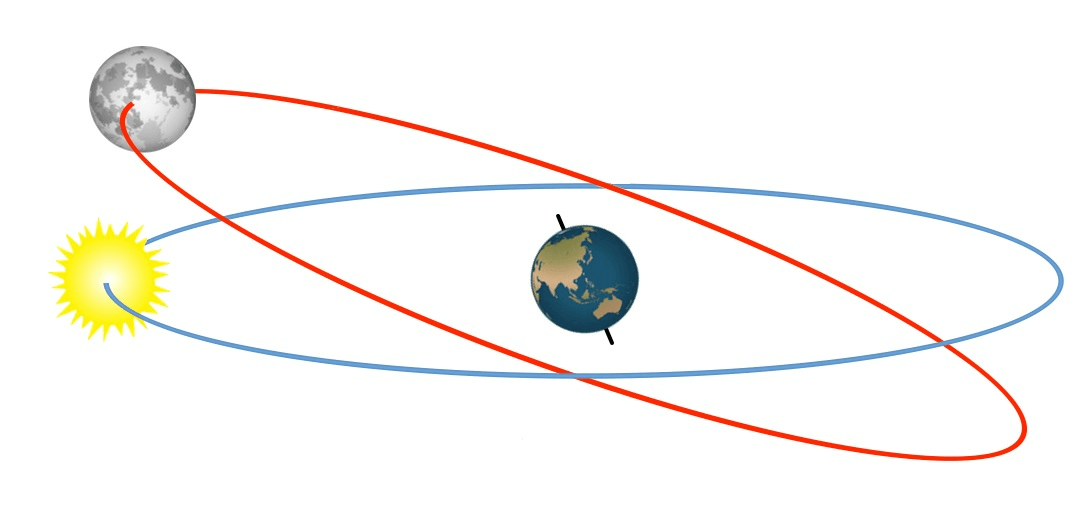
Why are there 2 high tides and two low tides every day? 
Because the Earth spins in a full circle each day, it rotates through the tidal bulge two times in a day and this means there are 2 high tide and 2 low tides.
Why are the tides at different times each day?
Even though the Earth rotates on its axis every 24 hours (one day), the moon is also revolving around the earth. This is why the tides change by 50 minutes each day. The moon has continued moving and the Earth can never catch up. 